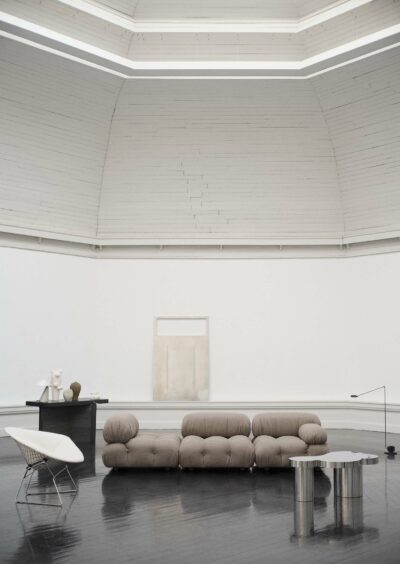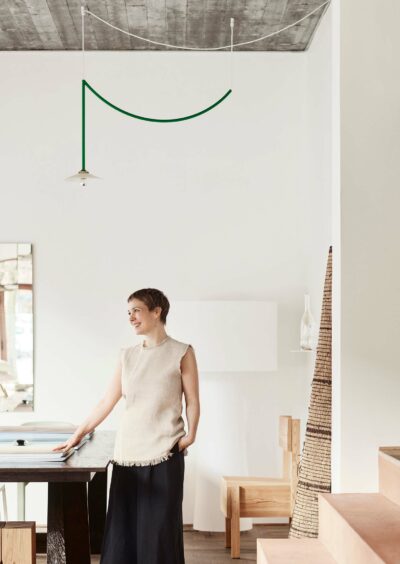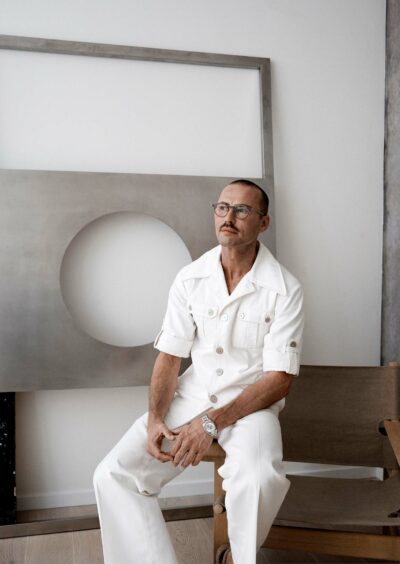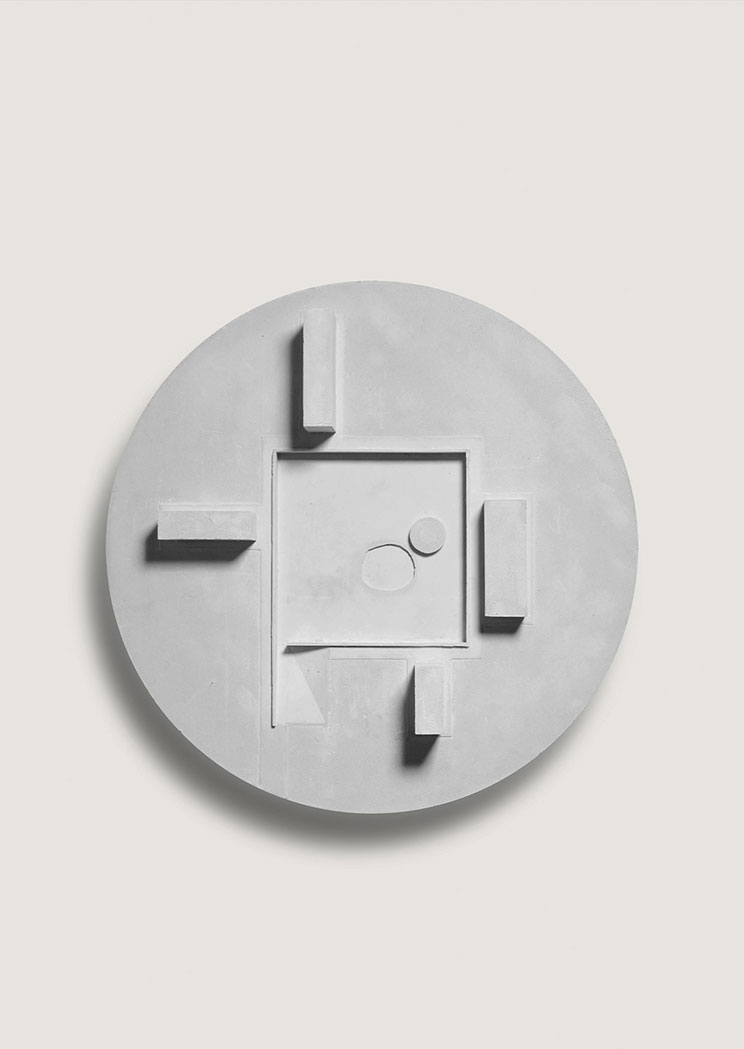
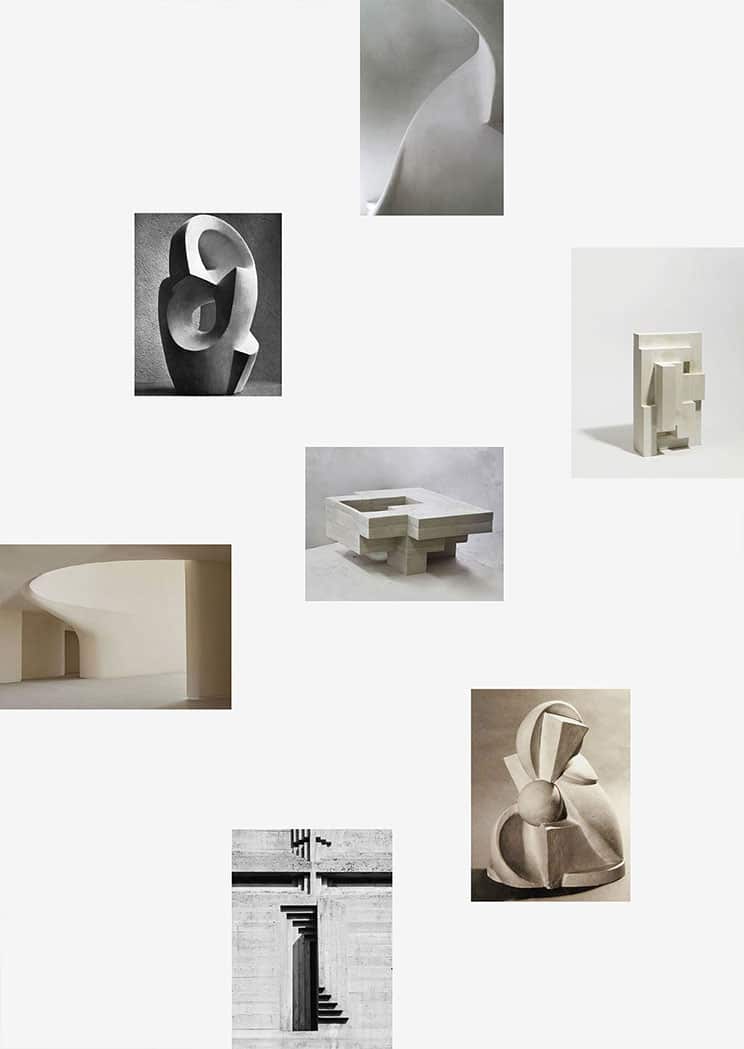
CREATIVE CAST
— PORTFOLIO
Architecture
Cast architectural models inhabit the fine line between art and architecture. Welcomed into homes as if they are sculptures, these once functional objects exist somewhere between inconclusiveness and completeness, and reach into our unconscious to provoke a multitude of interpretations. Does it have purpose? What does it represent? What is its scale? How was it made?
The enigma of cast objects, in particular scale models, has fascinated artists, craftsmen and collectors for centuries. Concrete or plaster casting has long been compared with archaeology or geology: Le Corbusier famously lined the formwork of his béton brut buildings with shells; Constantin Brâncuși, described the unconscious and archaeological dialogue between mould and cast.
To cast literally means to throw. To send something (forcefully) in a specified direction, but with an uncertain conclusion. The art of the craft lies more with designing what will not be there, than what will. It is the alchemical process of casting that transforms them from object to artefact.
Enjoy this meditation on moulds and casting by Justine Bell in Ark Journal VOL IV.
IMAGE (TOP) MARY DUGGAN ARCHITECTS, CAMPUS, plaster model 1:500
CASE STUDY
— THE COLLECTOR’S EYE
In The Collector’s Eye, the melange of disparate elements, vintage and contemporary, refined and brutalist, are united by a discerning eclecticism in an historic exhibition space.
ASTUTE BLEND
— KIRSTINE MEIER CARLSEN
As the founder of Studio X, a design studio and gallery in Copenhagen that acts as a laboratory for concepts, Kirstine Meier Carlsen is an individual imbued with curiosity. Her home is a natural extension of this.
DOWNSIZED
— KIM GRENAA
He is undoubtedly one of Denmark’s pre-eminent slashies. The fashion-industry insider / creative director / founder and editor-in-chief of Dansk Magazine has recently added a new slash to his list: interior-design consultant and downsizing specialist.

CREATIVE CAST — PORTFOLIO
Architecture
Cast architectural models inhabit the fine line between art and architecture. Welcomed into homes as if they are sculptures, these once functional objects exist somewhere between inconclusiveness and completeness, and reach into our unconscious to provoke a multitude of interpretations. Does it have purpose? What does it represent? What is its scale? How was it made?
The enigma of cast objects, in particular scale models, has fascinated artists, craftsmen and collectors for centuries. Concrete or plaster casting has long been compared with archaeology or geology: Le Corbusier famously lined the formwork of his béton brut buildings with shells; Constantin Brâncuși, described the unconscious and archaeological dialogue between mould and cast.
To cast literally means to throw. To send something (forcefully) in a specified direction, but with an uncertain conclusion. The art of the craft lies more with designing what will not be there, than what will. It is the alchemical process of casting that transforms them from object to artefact.
Enjoy this meditation on moulds and casting by Justine Bell in Ark Journal VOL IV.
IMAGE (TOP) MARY DUGGAN ARCHITECTS, CAMPUS, plaster model 1:500

